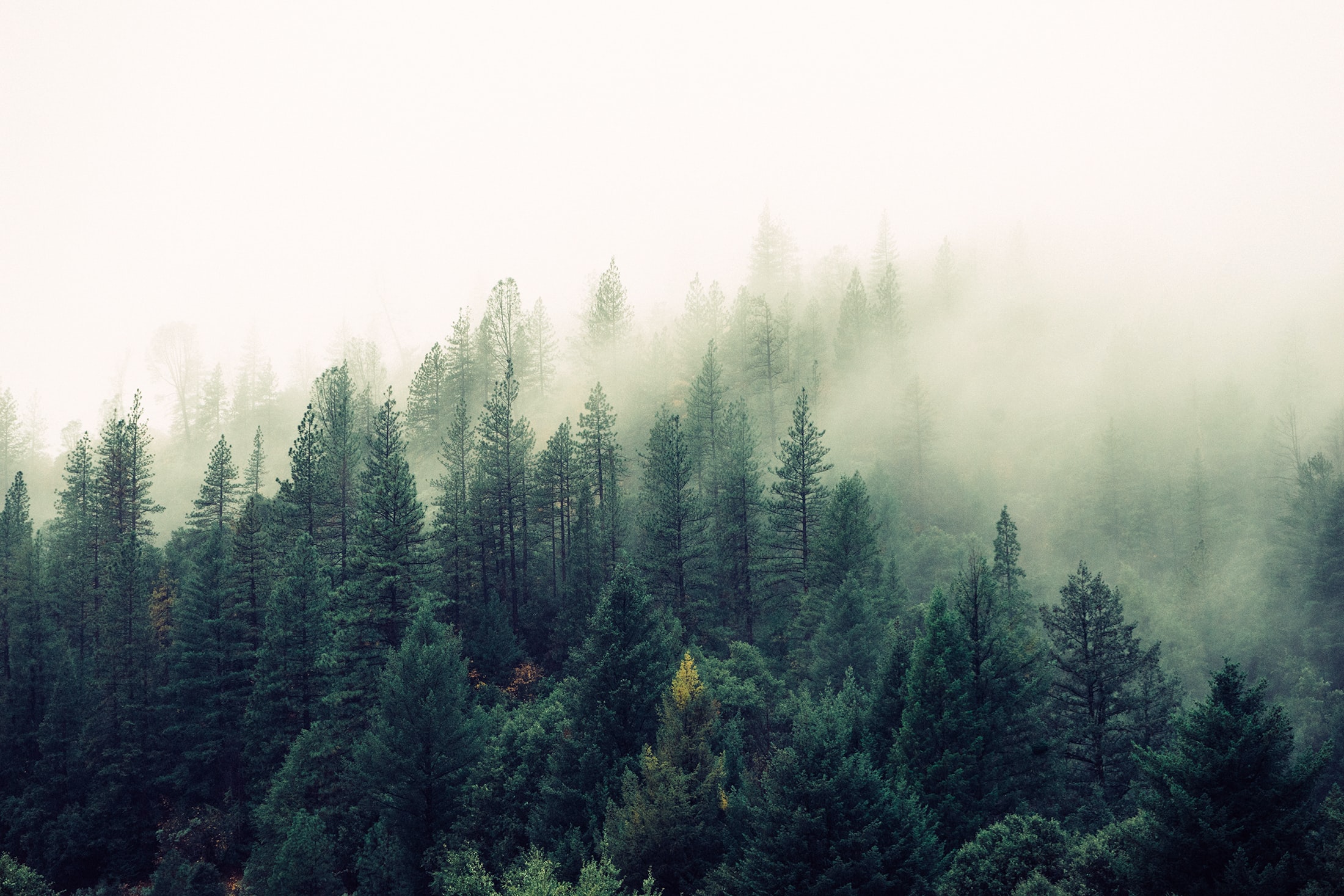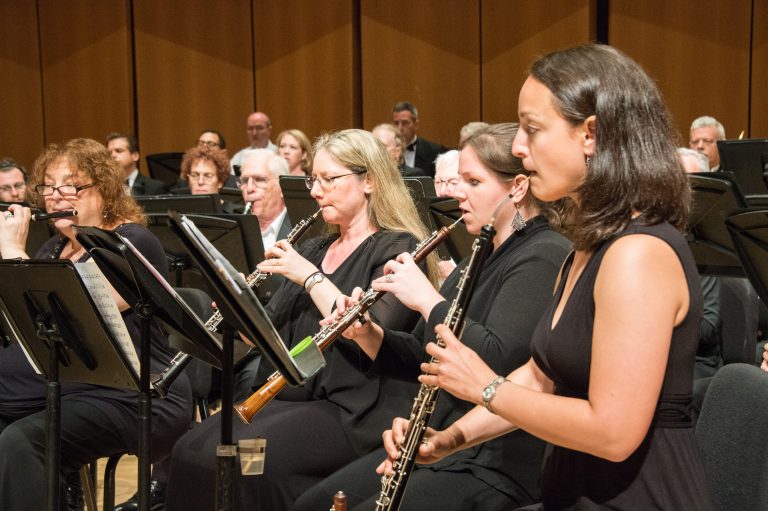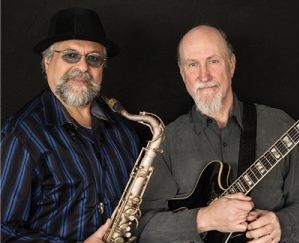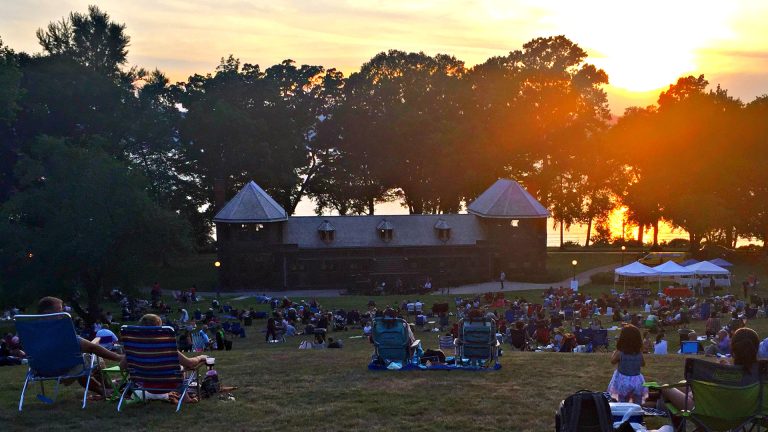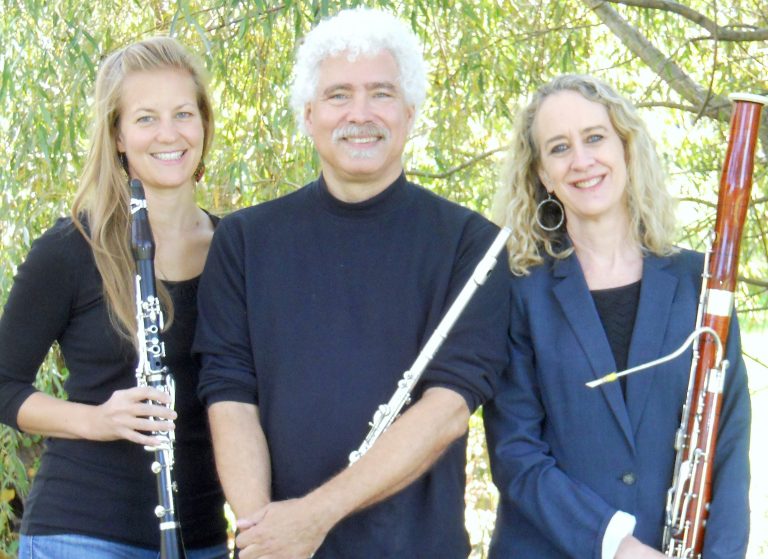Beethoven the Environmentalist
by Joshua Worby, Executive & Artistic Director, Westchester Philharmonic
Editor’s Note: On April 19, the Westchester Philharmonic was set to perform a concert program that celebrated both the 50th anniversary of Earth Day and the 250th birth year of Ludwig van Beethoven. At that time, we asked the Philharmonic’s executive & artistic director, Joshua Worby, to write about the marriage of music and nature found in Beethoven’s work. Sadly, that program had to be cancelled due to the pandemic. However, as Beethoven’s birthday is on December 16, we thought this an apt opportunity to publish Worby’s article.
Artists have always looked to nature for inspiration. In fact, they cannot avoid it. Beyond “nature” as a literal subject, such as a painter’s landscape or a composer using instruments to emulate nature’s sounds, it is a fundamental, even unconscious, starting place in which the natural world defines the medium. Whether a painter paints a landscape, an interior or a portrait, the first consideration is light: its source, level, direction. For a composer, it is tempo, in which our own biological functions are the points of departure: our heartbeat, respiration, walking.
The artist’s connection to nature doesn’t stop there. Color, shape, and perspective; pitch, amplitude, and envelope (how a sound starts and stops) all have their origins in the natural world. The artist observes, absorbs, and synthesizes these elements.
Abstract art and contemporary music do not ignore these fundamental forces, they simply deconstruct them to one extent (minimalism) or another (randomness), and anywhere in between. And painters and composers can easily cross into each other’s terrain: Jackson Pollock’s splatter paintings have a palpable rhythm; Stravinsky’s The Rite of Spring splashes us with color.
Tchaikovsky, Mozart, Beethoven, and countless others have often made literal use of nature: Flutes emulate birds, strings evoke wind, brass and percussion deliver a thunderstorm.
But Beethoven’s Fourth Piano Concerto offers no such literal connections. It begins like no other concerto had ever begun before, with a solitary opening for the piano, brief and contemplative. The strings enter in kind, but we are suddenly unsure of where we are, as if the tonal milieu has entirely changed. Soon we know it hasn’t. Those first few moments of the work might be thought of as a dream, then an awakening, but just as in nature, the light has changed. One cannot listen to the Fourth Piano Concerto and not viscerally sense nature’s presence, even though there are no bird calls or thunderclaps.
At the time, Beethoven’s opening was convention-shattering. A concerto – the format is typically defined as a solo instrument with orchestra – had always begun with an orchestral introduction before the solo instrument would make its grand entrance. Beethoven wasn’t aiming at defiance, the way an impish Mozart or devious Haydn might. The Fourth Piano Concerto’s opening wasn’t borne of an intellectual objective. Beethoven, whose love of nature is well-documented, was in a sense a neutral vessel, through which the outside world would enter and become synthesized into a musical outpouring.
Thankfully, that “vessel” lived in a time of clean air and water…and was also a genius.
A version of this article first appeared in the December-January issue of ArtsNews, ArtsWestchester’s monthly publication. ArtsNewsis distributed throughout Westchester County. A digital copy is also available at artsw.org/artsnews.

